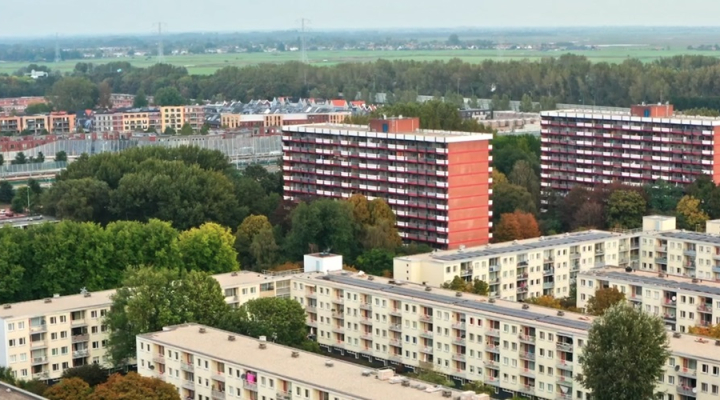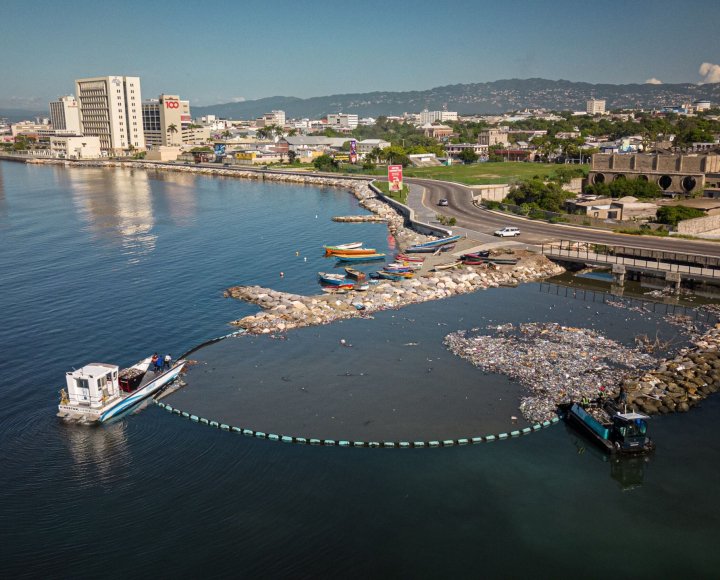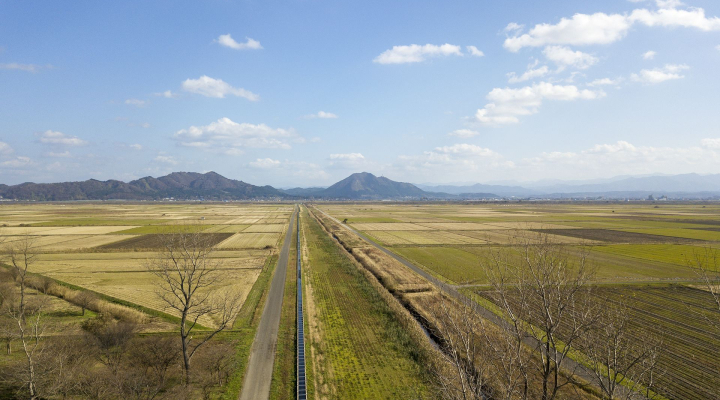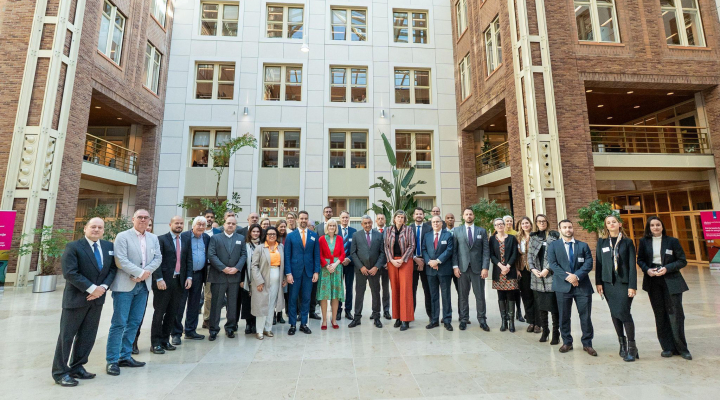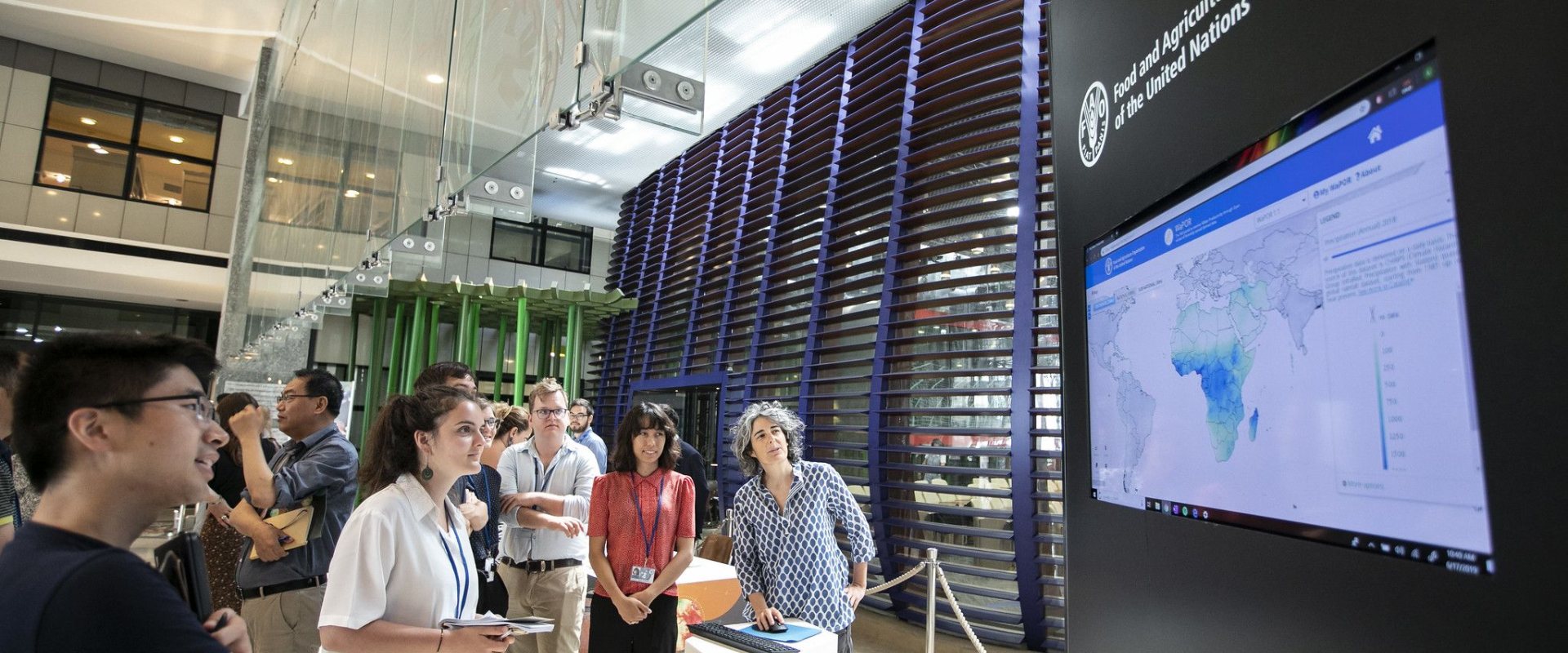
Groundbreaking digital tool on sustainable water management gets a global boost
The FAO innovative water management tool, called WaPOR, will now become available around the world. Announced at the World Water Week in Stockholm, the Dutch Ministry of Foreign Affairs will supply additional funding to the Food and Agriculture Organization of the United Nations (FAO). This funding will allow for a global expansion of the database and the addition of two new partner-countries in Asia and Latin America.
FAO has developed and used data and information presented in a portal, known as WaPOR – Water Productivity through Open Access of Remotely sensed derived data – to provide near real-time data that can be used for a range of applications in agriculture and water resources management. The portal presently offers data that, at the coarser resolution, covers Africa and the Middle East. The WaPOR project, centered on the database, works closely with 10 partner-countries to help build their capacity to use the data for optimizing water management and policy needs.
“This portal is proving of great use in ensuring that agricultural water resources are managed sustainably. Already in high demand, scaling it up to a global level is a challenge we are eager to lead,” said Lifeng Li, Director of FAO’s Land and Water Division.
Kitty van der Heijden, Director-General International Cooperation at the Ministry of Foreign Affairs of the Netherlands added: “Water is the key enabler of the transition towards sustainable food systems and improved water governance is needed. That’s the reason we are keen to invest in knowledge and open data. We notice that the WaPOR has impact; it is increasingly used by both public and private sectors.”
Water information
As seen through the historical drought in many Asian and European countries this year, sustainable water use is a key component of achieving food security, especially with increasingly frequent extreme climate conditions and increased water scarcity. Earth observation technologies allow for a variety of uses including the monitoring of water use patterns for agricultural production and can help ensure that this precious resource, especially irrigation water, is best harnessed.
“Making WaPOR globally accessible is a very welcome opportunity and will bring enhanced information, including on trends in vegetation growth and water stress, to more farmers in developing countries,” said Jippe Hoogeveen, team leader for FAO’s WaPOR project.
Proven functionality
In 2020 WaPOR was presented during the International Conference “Artificial Intelligence (AI), Food for All”, where it was showcased as concrete example of using artificial intelligence to support decision makers in facing the global agri-environmental challenges and to help farmers produce more nutritious food with less water. At this year's World Water Forum held in Dakar, Senegal, WaPOR was recognised as a Dakar 2022 Initiative project, recognizing its real economic, social and environmental values and the positive impacts on the lives of populations.
From Data to Actions
To translate WaPOR data into actionable information the Water Productivity Improvement in Practice project (WaterPIP, funded by the Dutch Ministry of Foreign Affairs), has developed an open-access tool WaPORACT. The WaPORACT enables users to extract, analyse, visualise and interpret WaPOR geodata. Currently, companies in Kenya, Ethiopia, Sudan and Morocco use the tool to support governments, river basin authorities, irrigation scheme managers and farmers in their tasks. The tool is being used to manage land and water resources from crop field to basin level; evaluate irrigation development interventions; assess crop damage risk; and plan and design irrigation schemes.
The WaterPIP project is supported by the IHE Delft Partnership Programme for Water and Development. Other Dutch organisations actively involved are eLEAF, University of Twente (ITC), Wageningen University & Research, and MetaMeta.




